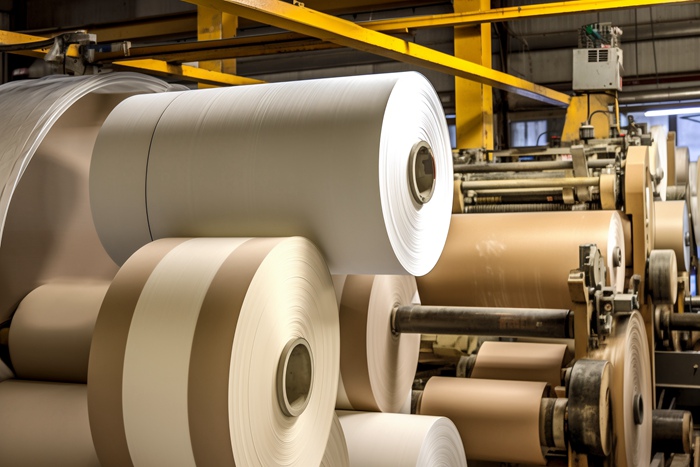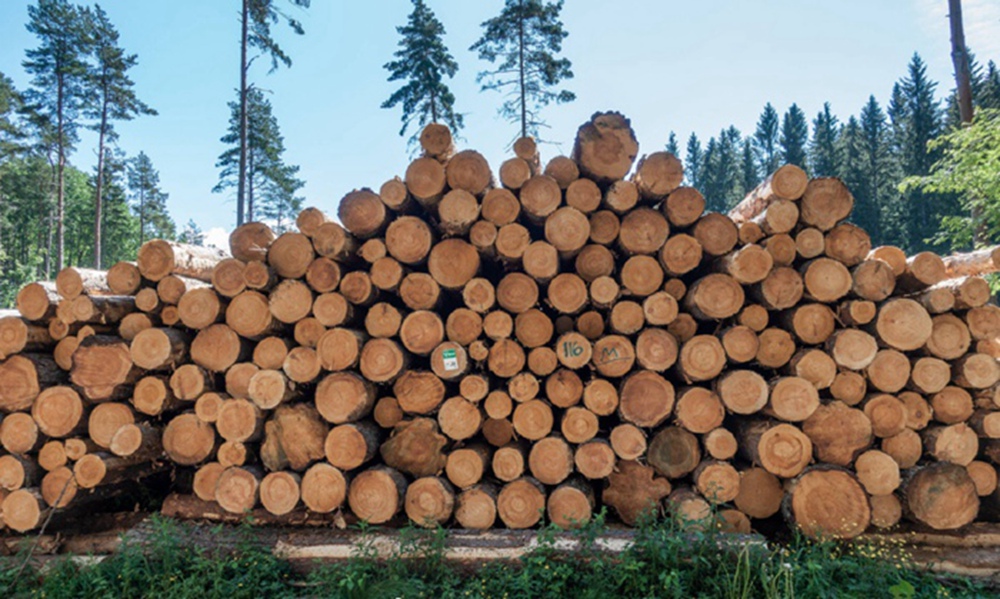Chemical pulping
The main raw materials for papermaking include wood and non-wood fibers, such as bamboo, wheat straw, etc. Wood is mainly composed of cellulose (about 40%-50%), hemicellulose (about 20%-30%) and lignin (about 20%-30%). The purpose of chemical pulping is to remove lignin from the raw materials, separate cellulose and hemicellulose, and obtain high-quality pulp. Common chemical pulping methods include sulfate method and sulfite method:
Sulfate method: Use a mixed solution of sodium hydroxide (NaOH) and sodium sulfide (Na₂S) to treat the raw materials under high temperature and high pressure, and lignin undergoes sulfonation, hydrolysis and fragmentation reactions to generate water-soluble lignin sulfonates.
Sulfite method: Use a sulfite solution (such as calcium sulfite, magnesium sulfite, etc.) to treat the raw materials at a certain temperature and pressure, and lignin undergoes sulfonation and hydrolysis reactions under the action of sulfite to generate water-soluble lignin sulfonates.
Bleaching
The purpose of bleaching is to remove colored substances in the pulp and improve the whiteness of the paper. Common bleaching methods include oxidation bleaching and reduction bleaching:
Oxidation bleaching: Use chlorine-containing compounds (such as chlorine, hypochlorite, etc.), chlorine dioxide, hydrogen peroxide and other oxidants for bleaching to destroy the chromophores of colored substances in the pulp, making it colorless or light-colored.
Reduction bleaching: Use reducing agents such as sodium dithionite (safety powder) for bleaching.
Sizing
During the papermaking process, the pulp is negatively charged. When sizing, cationic starch or sizing agents are added to react through charge combination, which also involves chemical changes.
Other chemical reactions
During the papermaking process, cellulose undergoes a variety of chemical reactions, including peeling reaction, termination reaction and alkaline hydrolysis:
Peeling reaction: The reducing glucose ends of the cellulose macromolecules are unstable to alkali and are peeled off one by one and dissolved in the cooking liquid, resulting in a decrease in the degree of polymerization of cellulose.
Termination reaction: The reducing end groups of the cellulose molecular chain are converted into alkali-stable glycosidic acid end groups, thereby terminating the peeling reaction.
Alkaline hydrolysis: In an alkaline medium, the glycosidic bonds in the cellulose molecular chain are broken, reducing the degree of polymerization.
These chemical reactions together affect the quality and performance of paper.


